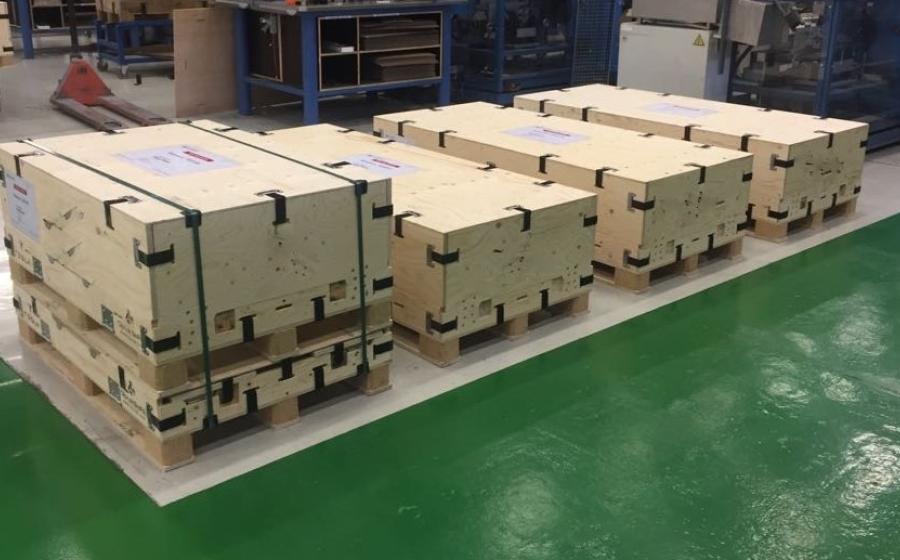
The surge in electric vehicle (EV) demand is reshaping the automotive aftermarket. With key EV component costs climbing—raw-material prices for batteries have jumped over 100% since 2021—and persistent labor shortages squeezing operations, suppliers face unprecedented margin pressure. At the same time, direct-to-consumer (DTC) demands for same- and next-day delivery across hundreds of SKUs add further complexity.
To stay ahead, companies need smarter packaging strategies that go beyond basic product protection. The goal is to create a future-ready fulfillment system that accelerates throughput, minimizes damage, and aligns with sustainability objectives.
Five Packaging Strategies to Stay Ahead in the EV Aftermarket
1. Custom-Fit Protection for High-Value Parts
EV battery packs, powertrain control units, and headlamp assemblies often have complex geometries and carry significant value. Custom foam-in-place systems and engineered packaging solutions can mold precisely around each SKU, immobilizing it during transit to minimize the risk of damage. Integrating barcode or digital tracking for packaging parameters ensures consistent results across diverse product lines while reducing manual errors.
2. Surface Protection with Films and Foam Wraps
EV exterior and interior components—such as digital cabin displays, painted charging ports, chrome trim, bumper fascias, and trunks—must arrive without blemishes. A combination of temporary surface films and foam wraps can offer comprehensive protection:
- Temporary surface films guard against scratches and scuffs during manufacturing, storage, and transit, while peeling away cleanly to preserve showroom-quality finishes.
- Foam wraps conform to irregular shapes, creating an abrasion-resistant barrier that ensures parts remain pristine even during automated handling.
3. Inflatable Chambers for Sensitive Electronics
Lightweight, air-filled cushioning systems offer an ideal solution for fragile electronics like sensor arrays and lighting modules. These chambers are designed to fit snugly around components, providing superior drop protection and impact absorption without adding unnecessary bulk. Such protective measures can dramatically reduce return rates and associated costs.
4. Recyclable and Consumer-Friendly Packaging
Sustainability is no longer optional. Packaging solutions using recyclable paper-based cushioning or reusable materials ensure secure delivery of heavy or sensitive EV parts, while supporting environmental goals. Paper pads or layered coils can be easily disposed of in standard recycling streams, appealing to eco-conscious customers—over 60% of shoppers say they’re willing to pay extra for products in sustainable packaging.
5. Data-Driven Packaging Audits and Testing
With the EV aftermarket evolving rapidly, packaging strategies must also adapt. Ongoing audits, performance testing, and analysis of order profiles, DIM weight inefficiencies, and damage trends can help companies future-proof their fulfillment systems. By continuously optimizing packaging, businesses can lower costs, speed up throughput, and adjust to changing SKU demands.



